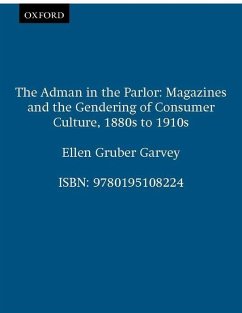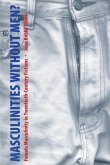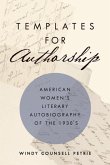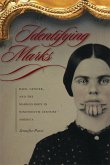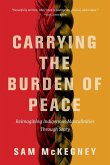Magazine stories illustrated the multiple desires and social meanings embodied in the purchase of a product. Garvey takes the bicycle as a case study, and tracks how magazines mediated among competing medical, commercial, and feminist discourses to produce an alluring and unthreatening model of women bicycling in their stories. Advertising formed the national vocabulary. At once invisible, familiar, and intrusive, advertising both shaped fiction of the period and was shaped by it. The Adman in the Parlor unearths the lively conversations among writers and advertisers about the new prevalence of advertising for mass-produced, nationally distributed products.
How did advertising come to seem ordinary and even natural to turn-of-the-century magazine readers? The Adman in the Parlor explores readers' interactions with advertising during a period when not only consumption but advertising itself became established as a pleasure. Garvey's analysis interweaves such diverse texts and artifacts as advertising scrapbooks, chromolithographed trade cards and paper dolls, contest rules, and the advertising trade press. She argues that the readers' own participation in advertising, not top-down dictation by advertisers, made advertising a central part of American culture. As magazines became dependent on advertising rather than sales for their revenues, women's magazines led the way in turning readers into consumers through an interplay of fiction and advertising. General magazines, too, saw little conflict between editorial interests and advertising. Instead, advertising and fiction came to act on one another in complex, unexpected ways. Magazine stories illustrated the multiple desires and social meanings embodied in the purchase of a product. Advertising formed the national vocabulary. At once invisible, familiar, and intrusive, advertising both shaped fiction of the period and was shaped by it. The Adman in the Parlor unearths the lively conversations among writers and advertisers about the new prevalence of advertising for mass-produced, nationally distributed products.
How did advertising come to seem ordinary and even natural to turn-of-the-century magazine readers? The Adman in the Parlor explores readers' interactions with advertising during a period when not only consumption but advertising itself became established as a pleasure. Garvey's analysis interweaves such diverse texts and artifacts as advertising scrapbooks, chromolithographed trade cards and paper dolls, contest rules, and the advertising trade press. She argues that the readers' own participation in advertising, not top-down dictation by advertisers, made advertising a central part of American culture. As magazines became dependent on advertising rather than sales for their revenues, women's magazines led the way in turning readers into consumers through an interplay of fiction and advertising. General magazines, too, saw little conflict between editorial interests and advertising. Instead, advertising and fiction came to act on one another in complex, unexpected ways. Magazine stories illustrated the multiple desires and social meanings embodied in the purchase of a product. Advertising formed the national vocabulary. At once invisible, familiar, and intrusive, advertising both shaped fiction of the period and was shaped by it. The Adman in the Parlor unearths the lively conversations among writers and advertisers about the new prevalence of advertising for mass-produced, nationally distributed products.

